Date: 24 April 2013
As explained in the Commission Communication on the Second Regulatory Review on Nanomaterials (COM(2012) 572), this definition of nanomaterials will be integrated into EU legislation, where appropriate. The Commission is currently working on the detection, measurement and monitoring methods for nanomaterials, completing the information on the hazards of nanomaterials, and developing the methods to assess exposure to nanomaterials.Due to the various potential implications of this definition and its links with other regulatory requirements, Glass for Europe would like to comment on the applicability of this definition of nanomaterials to coated flat glass products.Some glass products have coatings applied that are between 1 nm and 100 nm thick and can be described as using nanotechnology.The thickness of the coatings imparts particular properties, but the coatings are not nanomaterials and do not contain nanoparticles. It is also important to note that customers are not exposed to nanoparticles during the lifetime of the products.
This statement is in line with the Commission staff working paper on “Types and uses of nanomaterials, including safety aspects”¹ that states ‘nanostructured materials are not covered by the current EU definition of nanomaterials ‘.
Rational
In the fabrication of a number of glass products, coating technologies are used to impart critical properties to the products, such as thermal insulation, solar control, antireflective properties. Many of these products have multiple coatings of various thickness (1-500 nm) applied to the glass substrate. Due to the thickness of the coatings, these products are sometimes described as being manufactured using nanotechnologies.
Coatings are based on thin films of polycrystalline or amorphous materials (metals, oxides, nitrides, etc.) in the thickness range noted above. The deposition technologies are well known, such as magnetron sputtering and chemical vapour deposition. The coatings are physically linked to the glass substrate. They are an integral part of the product and do not come off the glass during use.
These coatings do not contain nanoparticles in an unbound state but can be considered as nanostructured materials under the definition in ISO/TS 80004-4² .
Coatings add critical functionality to glass and cannot be replaced by another technology. They are essential to the manufacture of high performance glass products, for instance glazing with high thermal insulation, and provide a basis for further innovation and new products. These nanotechnologies are even considered as one of the six Key Enabling Technologies (KETs) under the Industrial Leadership priority, in the Commission proposal for a Regulation establishing the Horizon 2020 - The Framework Programme for Research and Innovation (2014-2020)³.
----------------------------
¹ SWD(2012)288: Commission staff working paper on “Types and uses of nanomaterials, including safety aspects”, accompanying the Communication from the Commission on the Second Regulatory Review on Nanomaterials (COM(2012) 572).
² ISO/TS 80004-4: 2011 Nanotechnologies – Vocabulary – Part 4: Nanostructured Materials.
³ COM(2011)809 final: Proposal for a Regulation of the European Parliament and of the Council establishing Horizon 2020 - The Framework Programme for Research and Innovation (2014-2020)

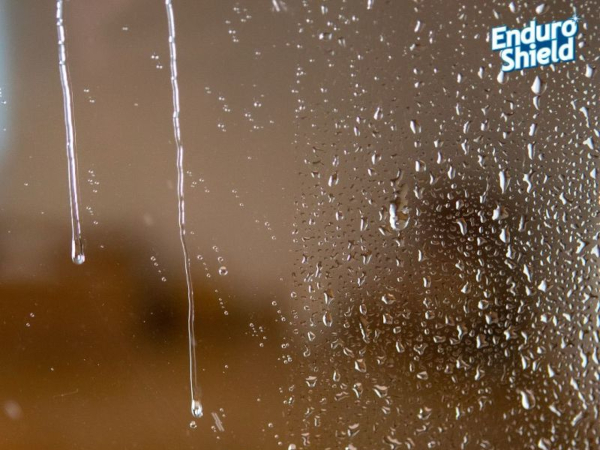
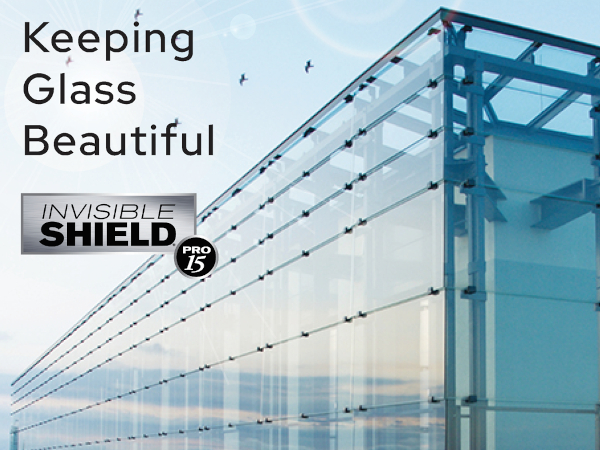
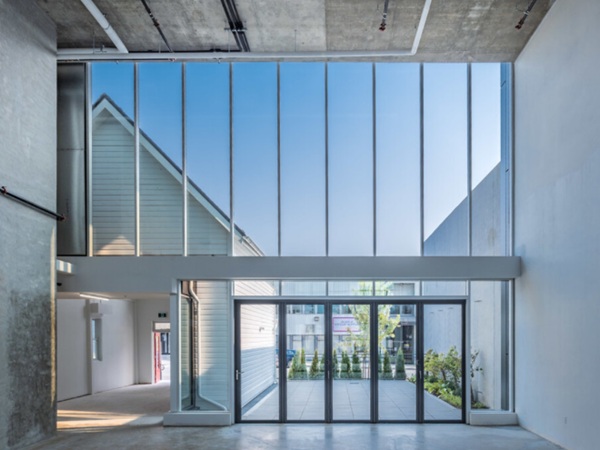
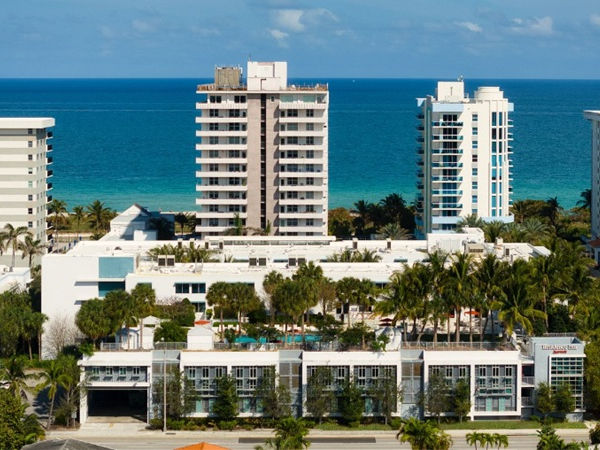
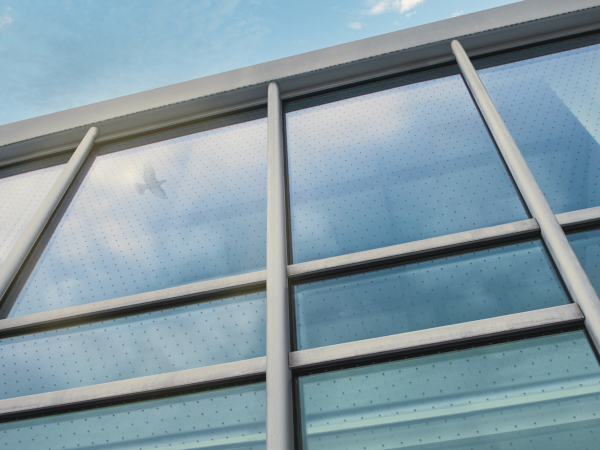
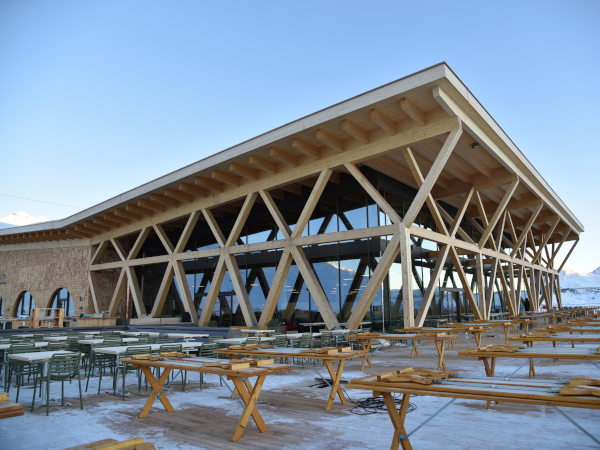








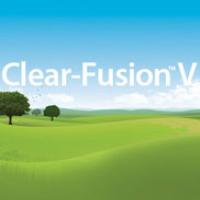

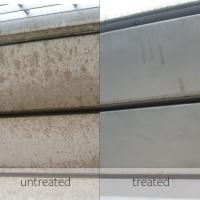

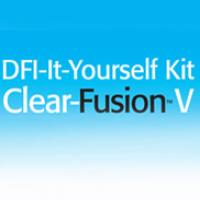

Add new comment